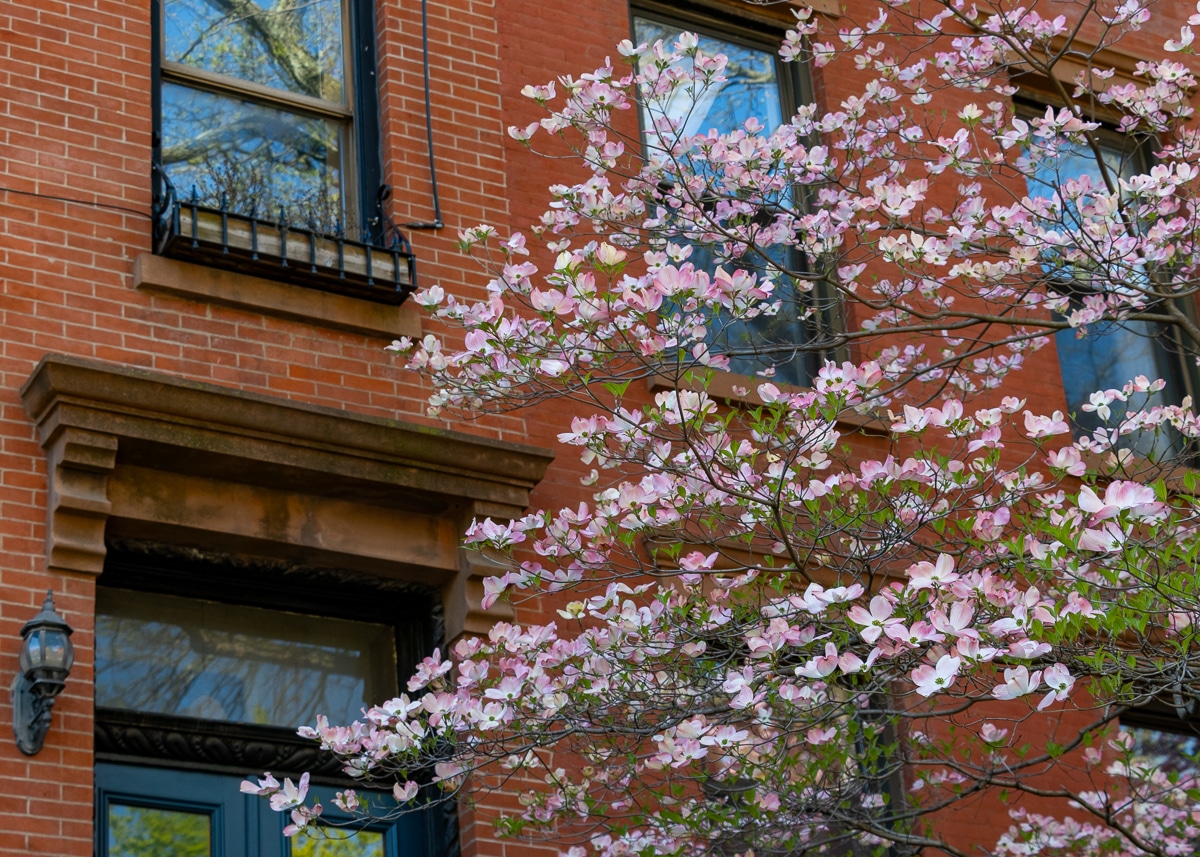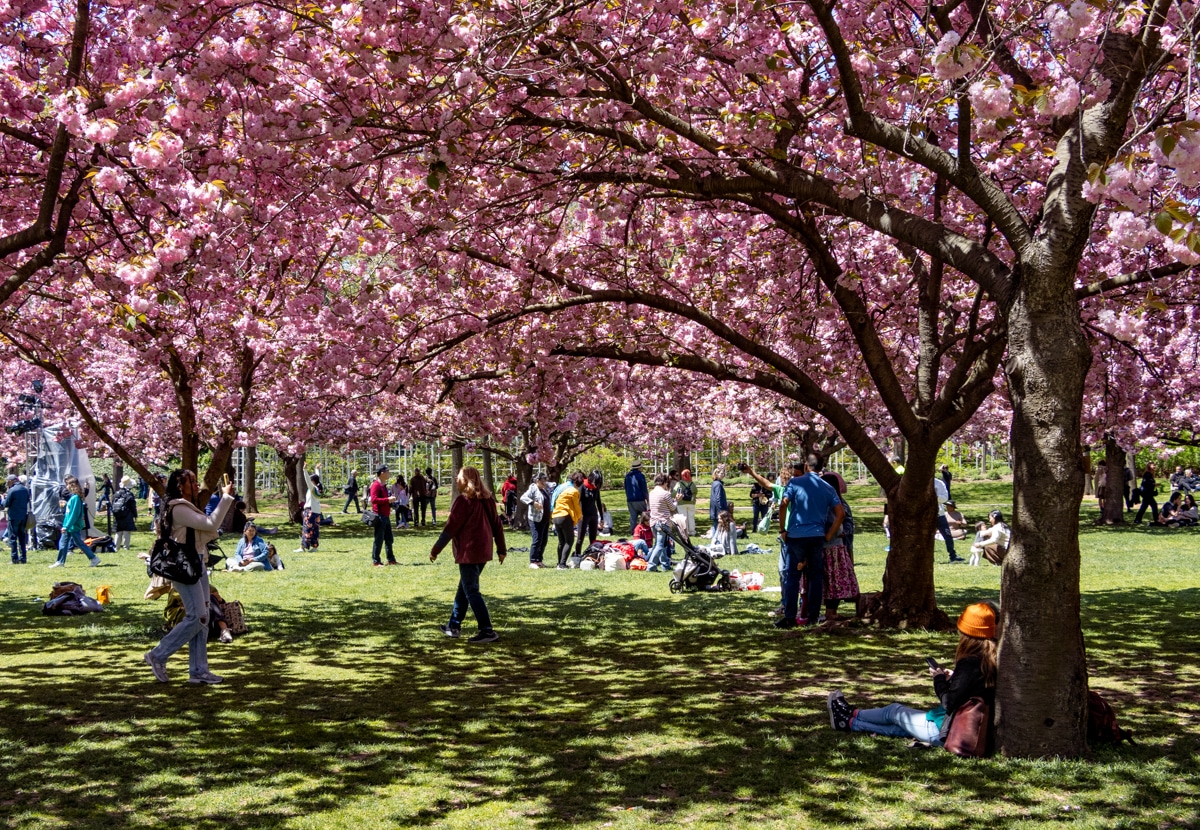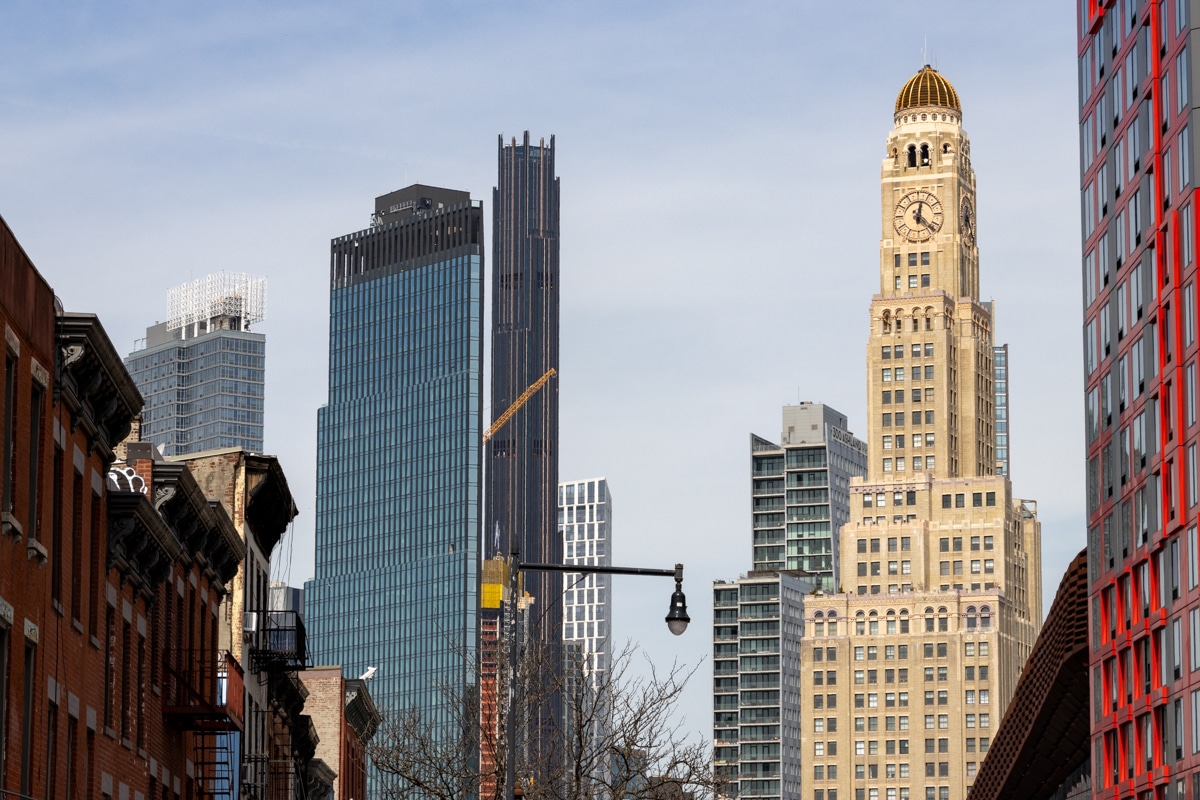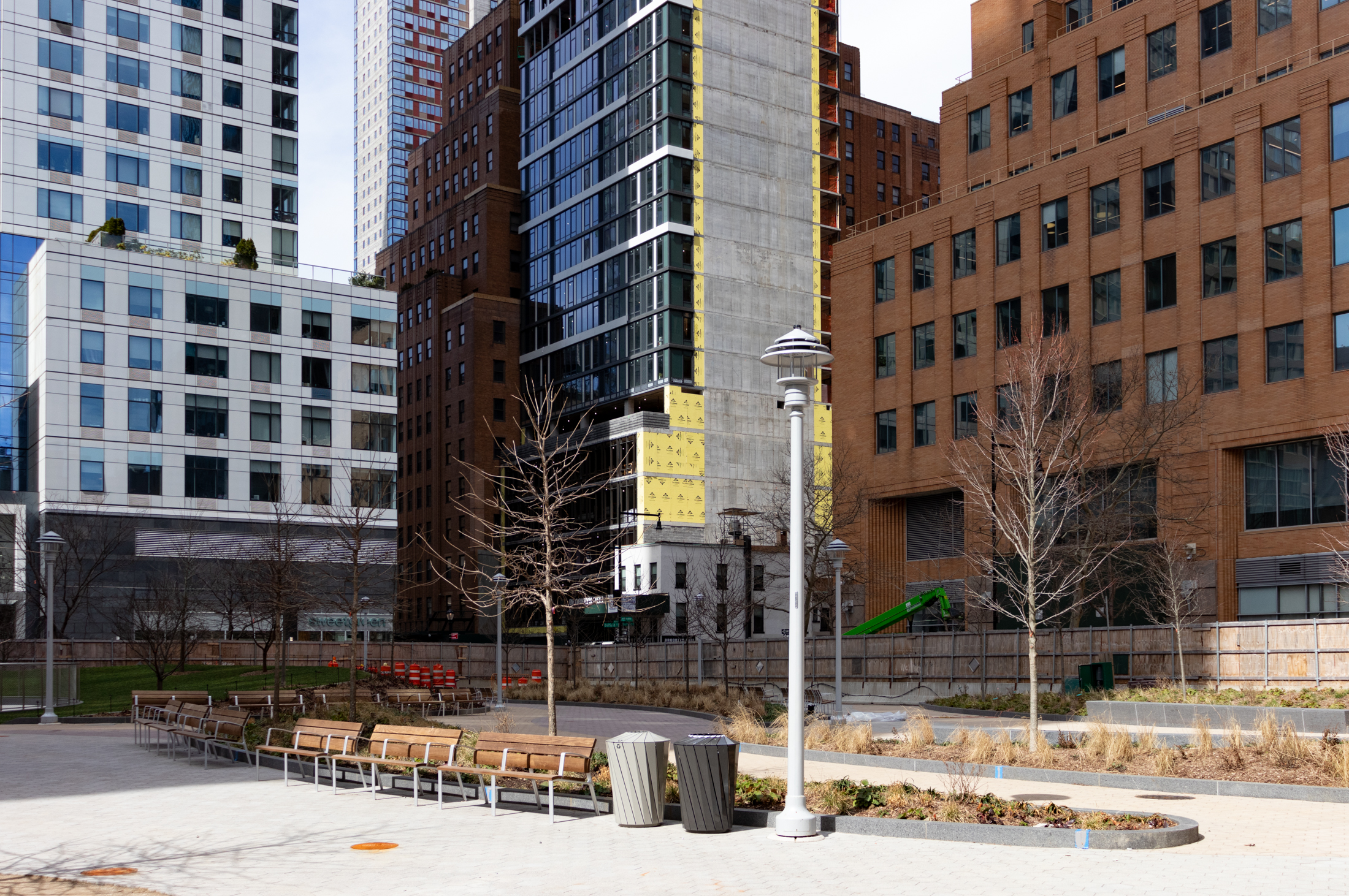Building of the Day: 177 Livingston Street
Brooklyn, one building at a time. Name: Abraham & Straus annex, now commercial and office space Address: 177 Livingston Street Cross Streets: Corner Gallatin Place Neighborhood: Downtown Brooklyn Year Built: 1885 Architectural Style: Romanesque Revival Architect: George L. Morse Other works by architect: Temple Bar Building, Franklin Trust Building, both Brooklyn Heights. Many other buildings…

Brooklyn, one building at a time.
Name: Abraham & Straus annex, now commercial and office space
Address: 177 Livingston Street
Cross Streets: Corner Gallatin Place
Neighborhood: Downtown Brooklyn
Year Built: 1885
Architectural Style: Romanesque Revival
Architect: George L. Morse
Other works by architect: Temple Bar Building, Franklin Trust Building, both Brooklyn Heights. Many other buildings in Brooklyn, including churches, homes, commercial buildings
Landmarked: No, but should be
The story: There are some great buildings in the Downtown Fulton St. area, most obscured by signage and “modern” facades, but this one is one of my favorites. It’s virtually untouched by the so-called improvements of the day, mostly because it’s on Livingston St. which is barely traveled, compared to Fulton Street. It was built as part of Abraham and Straus, which in its day stretched across 7 separate buildings in the block between Fulton, Livingston, Gallatin and Hoyt.
Abraham & Straus started out as Weschler & Abraham in 1863, with a store on Fulton Street. In 1883, they moved into the Second Empire store building on Fulton Street called the Wheeler Building, and began to grow into one of Brooklyn’s greatest department stores. By 1885, they needed more room, and commissioned one of Brooklyn’s finest architects, George L. Morse, to design an annex facing Livingston Street. He designed this building, considered by many to be the finest part of the entire retail complex.
Morse’s annex was built as a connector to the rest of the store. If you came to the store by carriage, you would be driven through the Livingston Street entrance, through the larger arched entrances, into an indoor porte cochere. Upon entering the store, the expansive five story courtyard awaited, with departments on every level. It was the height of luxury and expense. The upper floors of the seven story annex were warehouse space.
This building is a Romanesque Revival beauty, with alternating colored brick bands, a rounded corner, and those wonderful arches with carved Byzantine Leaf trim worthy of Chicago’s Louis Sullivan. Look at the detail, this work is stunning, and miraculously, intact. The often overlooked George Morse was a stealth master architect, producing great work like this building and the Franklin Trust building in the Romanesque Revival style, then moving on to design the Temple Bar Building on Court Street in a gloriously original Renaissance and Classical Revival style.
Weschler and Abraham became Abraham & Straus in 1893, when Joseph Weschler sold out to the Straus brothers, Isador and Nathan, who already owned R H. Macy & Co., in Manhattan. Both stores would eventually become part of the Federated department store chain, and Abraham & Straus would become Macy’s, to almost everyone’s disappointment. The Livingston annex was sold, at some point, and the porte-cochere long ago filled in. The building was renovated back in 2010 as office space, with ground floor retail. Most of the tenants are medical offices and clinics. GMAP
This week I’m revisting some early threads, plumping them out with more information and new pictures. If you didn’t catch them first time around, enjoy.















I was admiring this building the other day. Agreed that the level of preservation and condition is impressive.